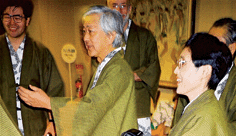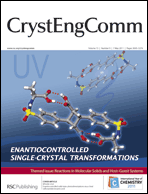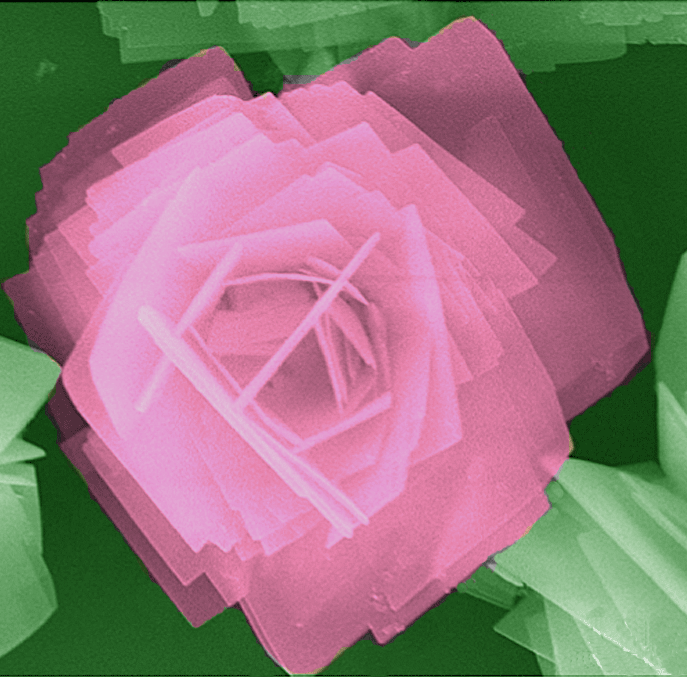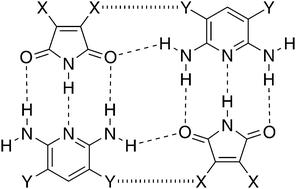 In this CrystEngComm Hot Article, Tullio Pilati and Franco Cozzi describe the structural variations of crystal structures in which a strong interaction, provided by a network of hydrogen bonds, is modulated by the introduction of halogen atoms.
In this CrystEngComm Hot Article, Tullio Pilati and Franco Cozzi describe the structural variations of crystal structures in which a strong interaction, provided by a network of hydrogen bonds, is modulated by the introduction of halogen atoms.
The team chose systems of a series of crystals and co-crystals formed by 3,4-diX-substituted maleimide, 3,5-diYsubstituted-2,6-diaminopyridine, where X, Y = H, Cl, Br, and some of their 1 : 1 adducts.
Hydrogen bonding continues to play a central role in crystal engineering strategies but other interactions have received increasing attention as supramolecular synthons. Among these, halogen bonding is a stabilizing directional interaction between the halogen atom and an electron donor.
Read the article for free until 12th May 2011 here.
Structures of hydro-, chloro-, and bromo-substituted maleimides and 2,6-diaminopyridines, and of some of their 1:1 heterodimers
Tullio Pilati and Franco Cozzi
CrystEngComm, 2011, Advance Article, DOI: 10.1039/C1CE05166K
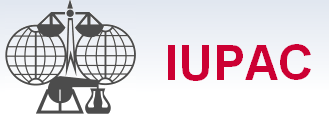 You might also find interesting a recent Dalton Transactions blog post called “IUPAC define the hydrogen bond“.
You might also find interesting a recent Dalton Transactions blog post called “IUPAC define the hydrogen bond“.
Why not check it out here.
Comments Off on Hot Article: Hydrogen bonds vs. Halogen bonds












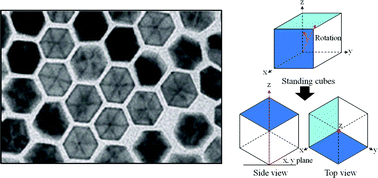
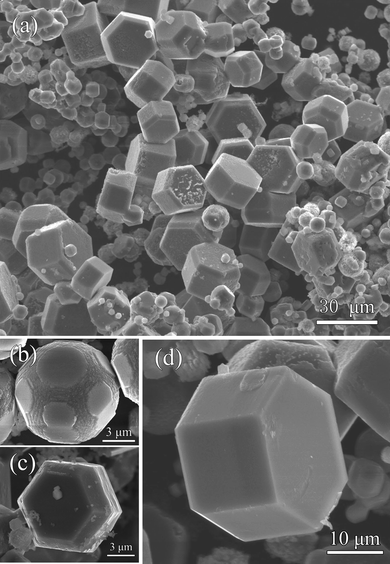
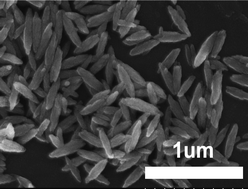 composed of nanoparticles) composed of nanoparticles under hydrothermal conditions. Ethylene glycol was used as the solvent which can decrease the reaction rate by forming ligand bonds with lanthanide ions and further control the final morphology of the product. Eu3+ ion was chosen as a structural information probe to obtain more luminescent and phase structure information.
composed of nanoparticles) composed of nanoparticles under hydrothermal conditions. Ethylene glycol was used as the solvent which can decrease the reaction rate by forming ligand bonds with lanthanide ions and further control the final morphology of the product. Eu3+ ion was chosen as a structural information probe to obtain more luminescent and phase structure information.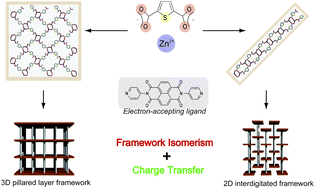 In this HOT article, Kitagawa and co-workers describe two isomorphic frameworks, [Zn(thdc)(dpNDI)]n, based on 2,5-thiophenedicarboxylate (thdc) as the topology-directing ligand, assembled from zinc ions and N,N‘-di(4-pyridyl)-1,4,5,8-naphthalenediimide (dpNDI) as the electron-accepting ligand. The unique connecting angle of thdc promotes the formation of either a 3D pillared-layer framework or an interdigitated 2D layer framework, which are originally synthesized with terephthalic acid or isophthalic acid, respectively. In addition, these isomers show different charge-transfer interactions with electron-donating aromatic molecules because of their intrinsic porous structure determined by their topology. Such a topological design of PCPs can be used in guest-selective sensor materials.
In this HOT article, Kitagawa and co-workers describe two isomorphic frameworks, [Zn(thdc)(dpNDI)]n, based on 2,5-thiophenedicarboxylate (thdc) as the topology-directing ligand, assembled from zinc ions and N,N‘-di(4-pyridyl)-1,4,5,8-naphthalenediimide (dpNDI) as the electron-accepting ligand. The unique connecting angle of thdc promotes the formation of either a 3D pillared-layer framework or an interdigitated 2D layer framework, which are originally synthesized with terephthalic acid or isophthalic acid, respectively. In addition, these isomers show different charge-transfer interactions with electron-donating aromatic molecules because of their intrinsic porous structure determined by their topology. Such a topological design of PCPs can be used in guest-selective sensor materials.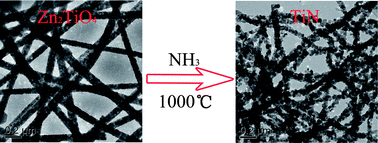

 In this CrystEngComm
In this CrystEngComm 
